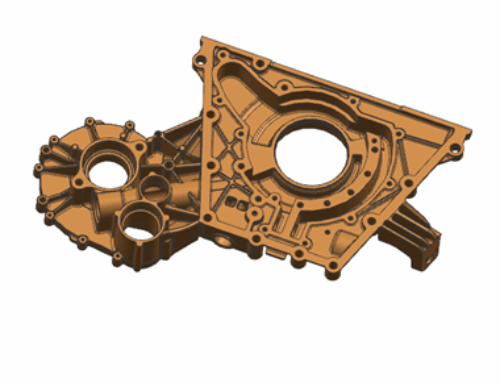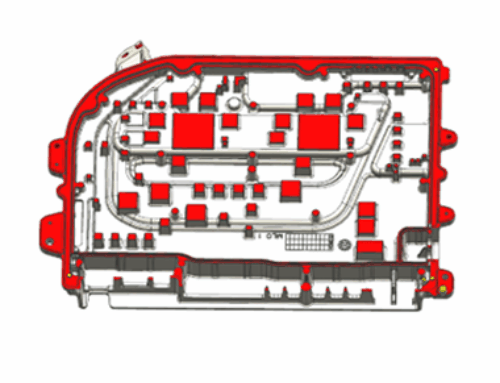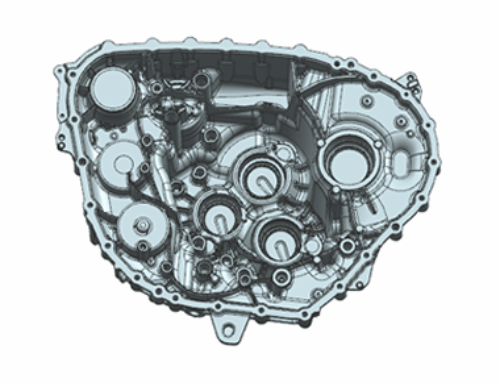HPDC Die Casting- Basic Principles
Basic Principles of Die Casting
Table of Contents
- Basic Principles and Characteristics of Die Casting
- Common Fluid Principles and Applications
- Overview of Liquid Metal Filling Theory
- Flow State and Characteristics of Liquid Metal
Die Casting Process Cycle
- Semi-automatic die casting cycle: Clean the mold → Spray → Place inserts → Close the mold → Pour material → Inject → Cool and solidify → Open the mold → Eject → Take the part
Automatic die casting cycle: (Same steps as semi-automatic)
Conditions Related to Die Casting Production
- Die casting design: Requirements (performance, appearance); Structure (fillets, draft angles, wall thickness, holes); Gating system design
- Die casting machine: Clamping, injection, ejection, feeding (pressure, speed, cycle actions); Maintain precision; Capability requirements (preheating, cooling)
- Die casting operation: Keep in normal state; Coating (type, spray amount); Die casting cycle; Mold temperature
- Die casting process: Specific pressure, filling speed, filling time; Process parameters
- Mold: Material and heat treatment; Machining accuracy; Design; Maintenance
- Alloy material and melting: Furnace charge ratio; Alloy composition; Flux usage; Temperature control; Cleanliness (gas, hard spots, foreign matter); Ratio of return material
- Die caster: Safe operation; Professional knowledge; Proficiency; Dedication; Physical strength
Application of Pascal’s Principle
Ap — Punch cross-sectional area;
Ph — Die casting machine accumulator pressure;
Ah — Injection cylinder cross-sectional area;
Injection Pressures for Various Alloys
| Alloy | Injection Pressure / MPa |
|---|---|
| Zinc alloy | 20~30 |
| Aluminum alloy | 30~80 |
| Magnesium alloy | 30~70 |
| Copper alloy | 50~80 |
Gate Speed Based on Wall Thickness
| Wall Thickness (mm) | Gate Speed (m/s) |
|---|---|
| -0.8 | 46-55 |
| 1.3-1.5 | 43-52 |
| 1.7-2.3 | 40-49 |
| 2.4-2.8 | 37-46 |
| 2.9-3.8 | 34-43 |
| 4.6-5.1 | 32-40 |
| 6.1 | 28-35 |





